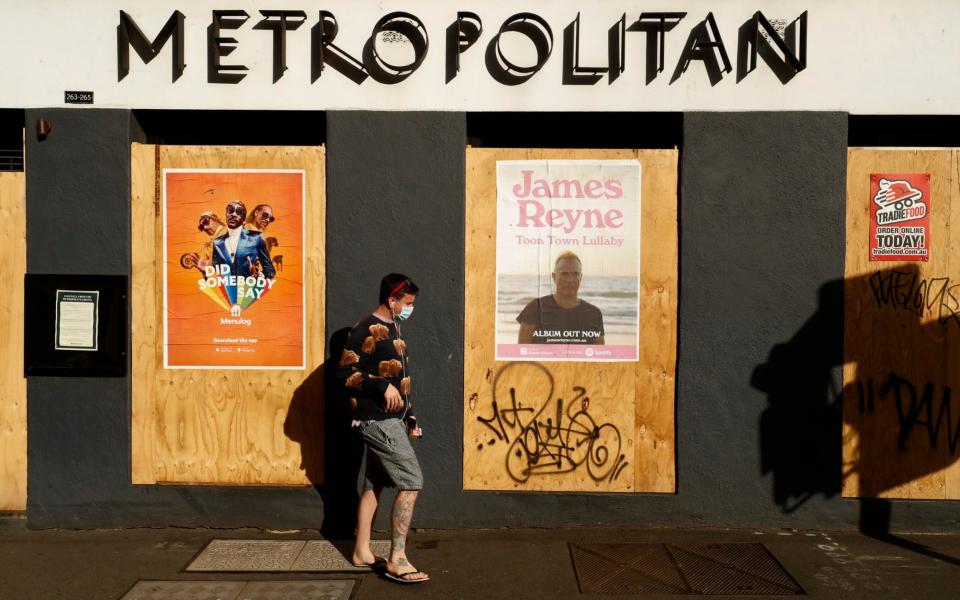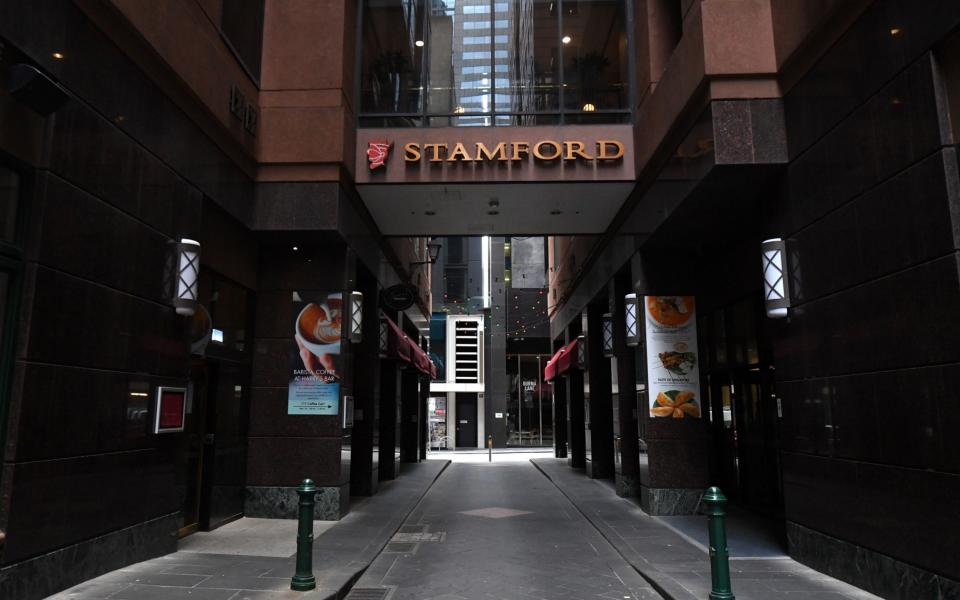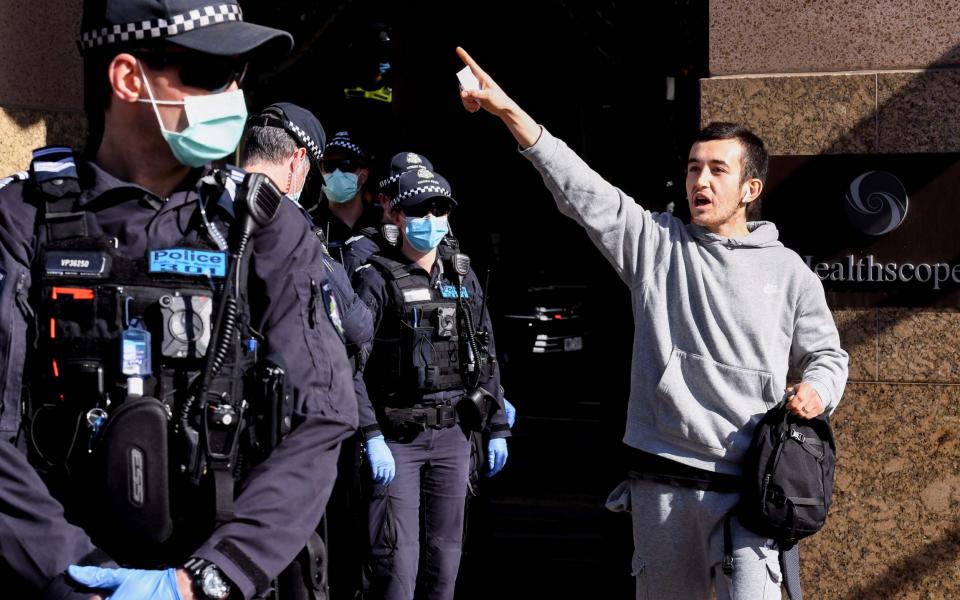How Australia's coronavirus strategy unravelled with sex scandals and assaults on police

On June 16, Victoria's chief health officer Brett Sutton said “a day like today can make me nervous”.
The southeastern Australian state had just recorded 21 new cases of Covid-19 in 24 hours, then the highest number of new cases they had seen in a single day since May 15.
In the four weeks in between, everything seemed to be going to plan. The Victorian government had been one of the strongest in its decisive measures to combat the spread of the coronavirus, and the curve - much like in the rest of Australia - appeared to be well and truly flattened.
If anything the state had been too cautious and too strict, according to some critics.
But almost two months later Covid-19 is surging. Victoria's outbreaks are helping push Australia ahead of the UK for daily cases and deaths. The country was once thought to be a safe haven. So where did it all go wrong?
Of the 21 new cases reported on June 16, only six were instances of community transmission. One of them, a resident at the Rosstown elderly care home in Melbourne's south-east, and another, a contractor working at the Stamford Plaza Hotel, were a sign of things to come.
The Plaza was a 'quarantine hotel', where infected patients were forced to isolate.
Numerous stories emerged from whistle blowers and the union of little to no training at the hotels, inadequate protective equipment, inadequate staffing levels, and sub-contractors being allowed to work across multiple sites.
There was at least one allegation that a security guard slept with one of the quarantine residents.
A returned traveller who spent two weeks in quarantine in April told The Australian that at the hotel mental health workers were called in to sedate guests who were “screaming” and “begging to be let out and running for the doors”.
He said the guards appeared unprepared to control guests desperate to be released.
“And they were being told no, but the guards had no real authority … they gave the impression they could be talked around. And guests were going up to the security guards, begging and offering money to be let out. It was insane,” he said.
Mr Andrews has announced an inquiry into the hotel quarantine system, but noted that it was not the only factor driving the second wave.

In July he said 80 per cent of cases in the state were a result of workplace transmission. The state premier urged people to stay at home if they have even the slightest suspicion that they are ill. He said that the high level of insecure work in Australia was a factor in people going to work unwell, because casuals have no paid sick leave.
Victorian officials provided emergency support payments to people who had to stay home, and Federal authorities followed suite, introducing a A$1,500 (£800) payment for anyone without paid sick leave who needed to self-isolate for two weeks.
As case numbers surged, the state government returned strict restrictions across Melbourne and the nearby Mitchell Shire, and the border between New South Wales and Victoria was closed for the first time in a century.
Victorian authorities also identified a massive problem with people ignoring self-isolation orders. In late July, Mr Andrews said that 53 per cent of people were not self-isolating between being tested for Covid-19 and getting their results.

On August 4, Mr Andrews said recent checks of 3,000 people instructed to self-isolate had found 800 individuals not at home. That same day, the premier announced fines ranging from A$4,957 (£2,712) for first offenders to A$20,000 (£10,941) for repeat offenders who breached self-isolation orders.
Masks are mandatory in Melbourne, but police say that self-proclaimed 'sovereign citizens' - a libertarian protest movement - have been defying the ban, “baiting” officers and in one case assaulting one.
On Monday night a 38-year-old woman allegedly attacked two female officers when they asked her to wear a mask, and smashed the head of a 26-year-old constable into the ground several times during a scuffle.
The private care home sector has also emerged as a crisis within a crisis, and security contractors handling the state’s hotel quarantine system have been linked to a number of outbreaks across the state.
While in public care homes strict nurse-to-resident ratios are enforced, with one nurse for every seven to eight residents during the day and one for every 15 residents at night, in the private system one nurse can be responsible for far more residents, facilitating the rapid spread of the deadly virus.
Public sector facilities make up almost one quarter of Victorian elderly care homes, but while the private system has seen around 1,000 cases of Covid-19, the public system has seen fewer than 10.
At the beginning of the second wave Victoria had lost barely more than 20 people to Covid-19. The state death toll is now 158, well over half the national total.
The daily number of new cases has eased down slightly from the peak, but with 439 new cases on Tuesday the end is not in sight.
Half a million people in Melbourne are now unable to go to work as non-essential businesses across the city are closed.
The stage four restrictions now in place allow people to shop for food and vital supplies within 5km of their homes, and to exercise for one hour once a day, also within the same radius. Elsewhere in the state, stage three restrictions are in place as authorities, health workers, and the public at large struggle to get the deadly pandemic under control.

